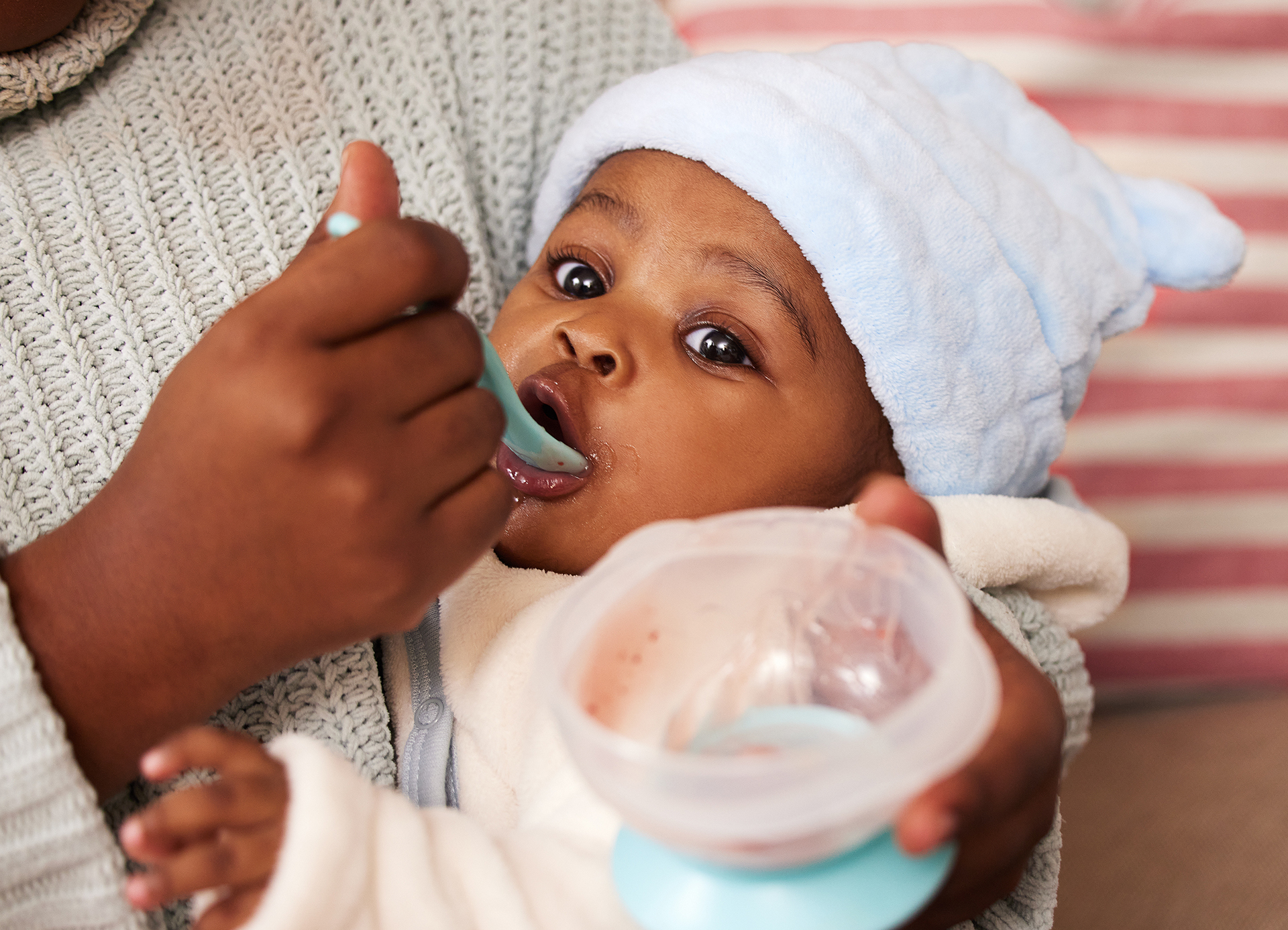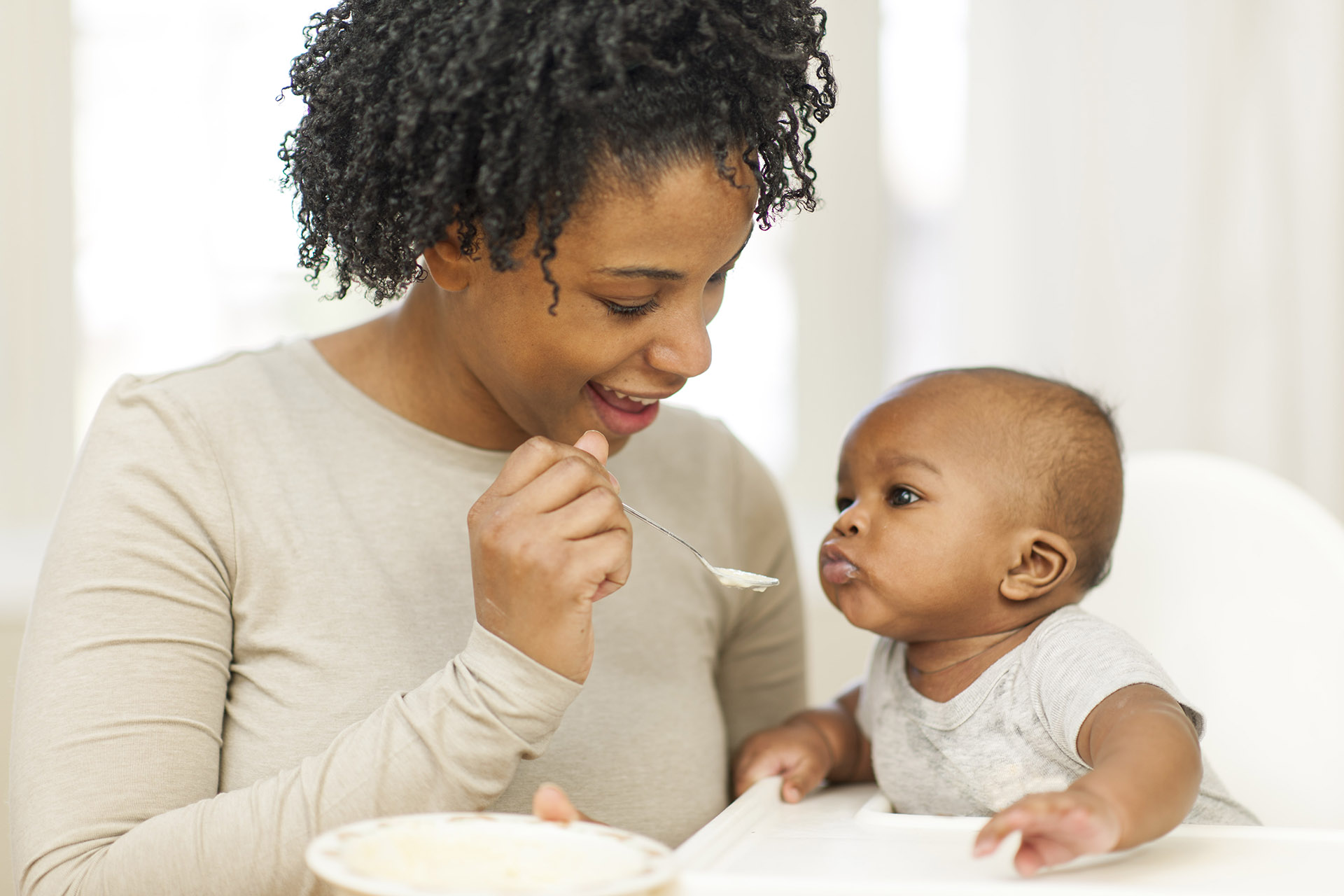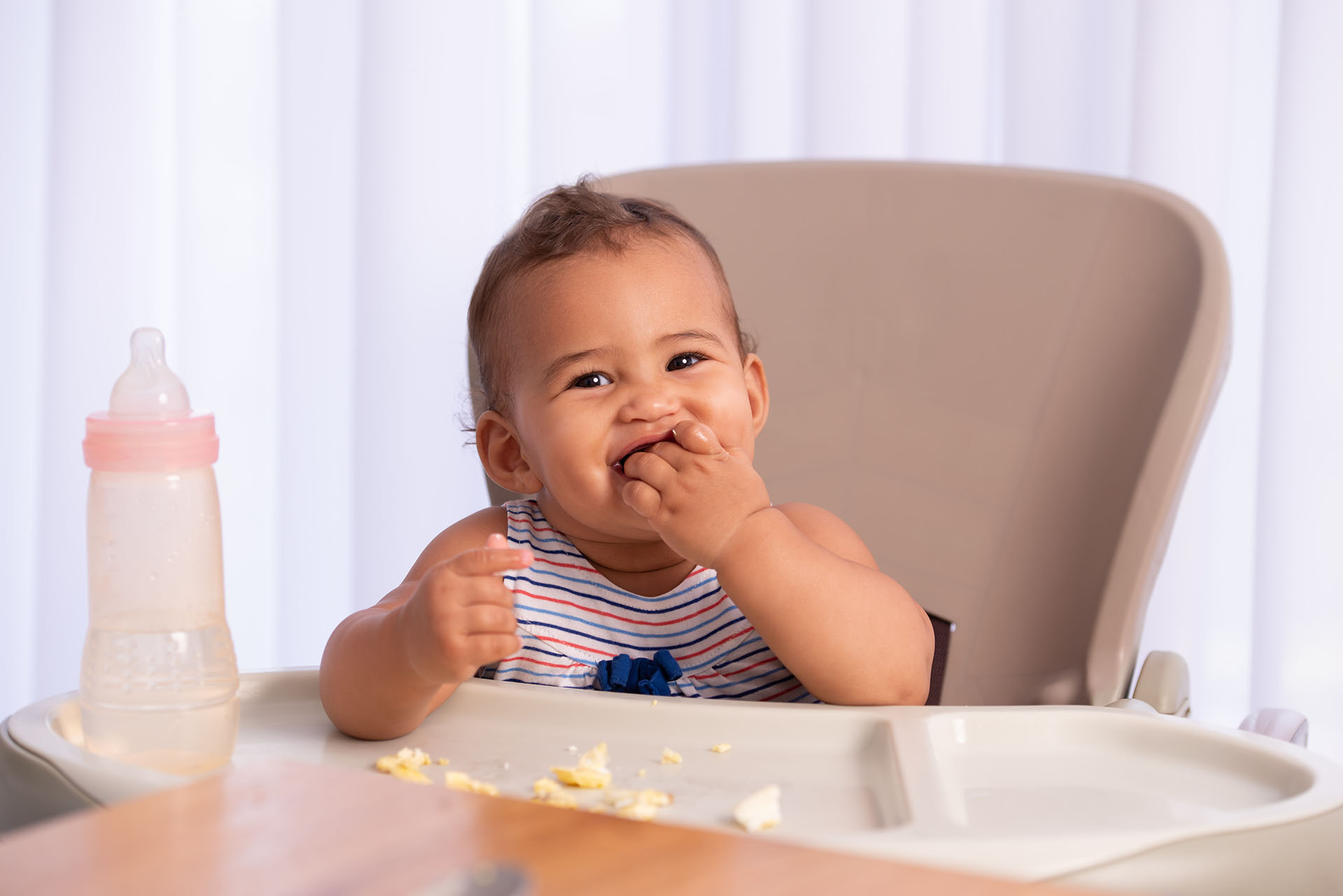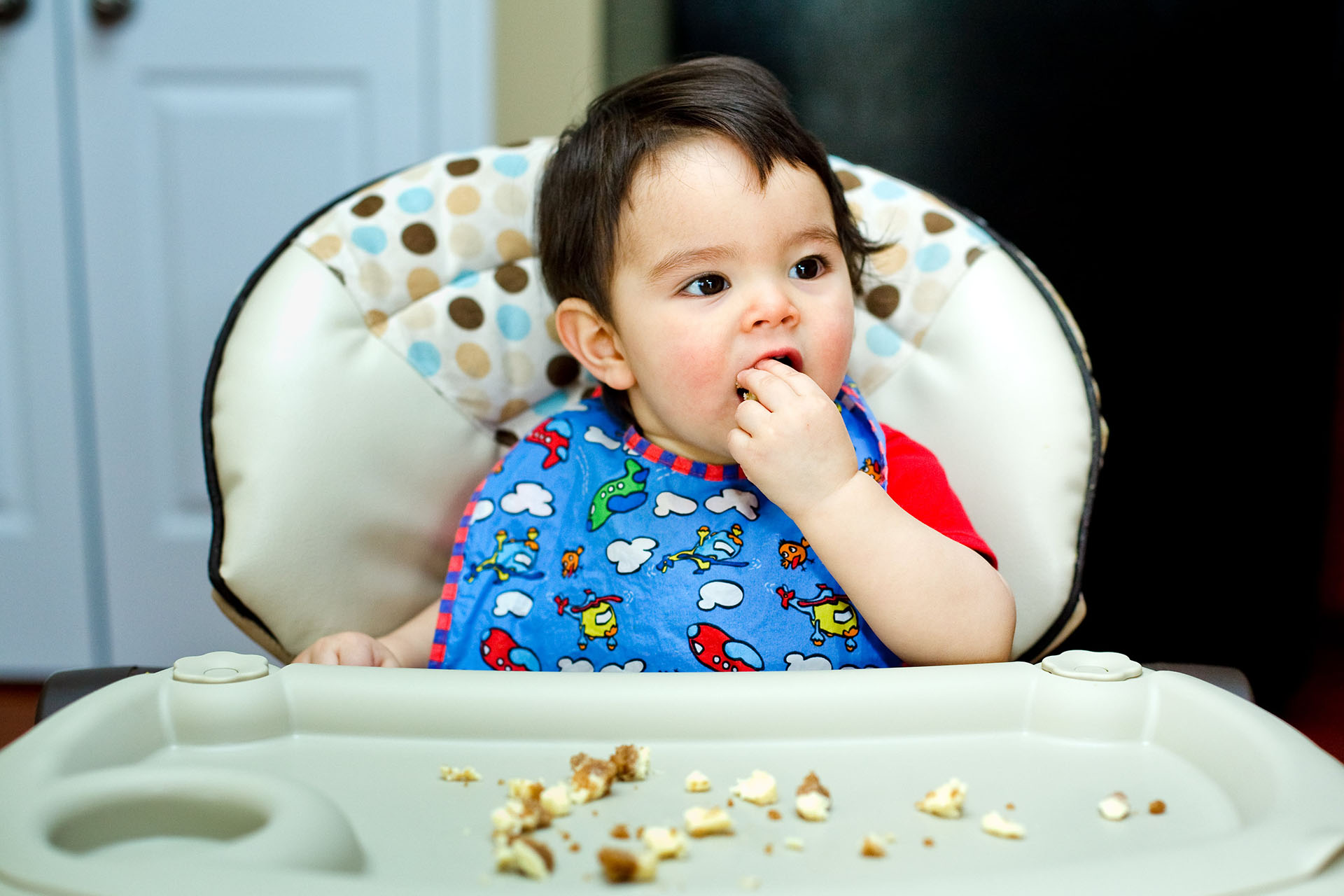
Eat This, Not That: A Guide to Baby Food
- Home
- Live Well Blog
- Eat This, Not That: A Guide to Baby Food
Starting to feed solids to your baby can be both exciting and scary. As a parent, it’s important to know what foods are safe to give to your baby depending on their age and development. It’s not always about your child’s age, but more so about their skills. According to the American Academy of Pediatrics, babies are usually ready to start feeding solids at around 4-6 months but it’s best to continue breastfeeding exclusively until at least 6 months.
Every baby is different and it’s important to pay attention to your baby’s cues and not rush into things. Starting solids too early puts your child at risk for food allergies and/or becoming overweight. Remember, your baby’s digestive system is still maturing, and studies show starting solids too early can cause more harm than good.

YOUR BABY IS READY TO START SOLIDS IF THEY:
- Can sit upright with little or no assistance
- Can hold up and control their head
- Can control their tongue — doesn’t automatically push food out
- Are interested in food — opens mouth when they see food
Starting solids means your baby gets to experiment with food using all their senses: touch, smell, sight, and taste. As a parent it’s important to make their first experience with food safe and successful. Choking, allergies, textures and food safety are all issues to consider when first giving solid foods to your baby. Below are guidelines to help your journey with solids be fun, safe, and successful.

5-7 MONTHS
- Human milk is the best source of nutrition for your baby at this stage. Stick to either human milk or formula until your baby turns one year old. All other milks and beverages should be avoided as they lack the proper nutrients and your baby’s stomach is not ready to digest the proteins in cow’s milk.
- When it comes to baby’s first food, the most important thing to consider is the texture – which should be smooth or pureed. Make sure to introduce one single-ingredient food at a time and wait 3-5 days before introducing new foods to look for signs of allergy.
- Keep the food varied but as natural as possible. Honey should not be given to infants before 12 months due to the risk of infant botulism, a rare but deadly disease.
8-9 MONTHS
- By 8-9 months your baby is probably showing signs they are ready to feed themself. The texture of their food will now include a variety of mashed or chopped up table food like whole grain pastas, yogurts, mashed or cut up fruits and veggies and soft meats.
- Choking remains one of the leading causes of death in children under 3 years old, so a good rule of thumb when starting to introduce table food is to have food cut-up into “pea-sized pieces”.
- Always watch your baby closely when they are eating and avoid giving them food in the car or while they are playing.


10-12 MONTHS
- By this stage, your baby has more control over their jaw and they are able to chew better. Most table food is ok to give as long as it is cut up appropriately. Offer your baby plenty of different foods and allow them to get messy with their food.
- The more variety you offer, the more likely they will be to try and accept new foods. Start creating healthy eating habits from the start. Don’t be afraid if they make a funny face. This is your baby’s way of saying “Hey, this tastes different!”.
- The main point is to have fun, be safe and keep trying new foods!
Safe and Healthy Food Choices to Offer Your 6–12 month old
| EAT THIS | NOT THAT | WHY? |
|---|---|---|
| Turkey slices, cut up chicken | Hot dog | Choking hazard. Too much salt for baby. |
| Soft smooth peanut butter, spread thinly on cracker or toast or mixed with mashed fruit | Peanuts, nuts | Choking hazard. Avoid hard, round food such as nuts, hard candy and seeds. Also avoid sticky foods like chunky peanut butter or marshmallows which are hard to swallow. Allergy risk. If there is family history of food allergies talk to your pediatrician. |
| Grapes cut up “pea-sized” | Raisins/dried fruit, whole grapes or cherries | Choking hazard. |
| Human milk, infant formula or water | Cow’s milk, soy milk, rice milk; sweet drinks like juice, tea, soda or punch | Lacks proper nutrition and hard to digest. Risk of obesity. Limit juice to 4 oz a day. |
| Applesauce, mashed banana | Honey | Risk of infant botulism. |
| Cereals (cheerios/puffs) | Popcorn, tortilla chips, hard candies | Choking hazard. |
| Pasteurized milk products (yogurt, cut up cheese) | Unpasteurized milk products |
Risk of food borne illness. |
| Cooked or soft veggies - mashed/chopped broccoli/carrots | Raw carrots, celery | Choking hazard. |
| Cooked boneless fish, mashed beans, chopped egg | Raw/undercooked meats or fish | Risk of food borne infection. |
| Soft, ripe fruits - seedless watermelon, strawberries, cut mango, soft peaches, melon | Hard fruits (apple, unripe pear) | Choking hazard. |
| Animal crackers, whole grain crackers | Cookies | Lacks proper nutrition. |
